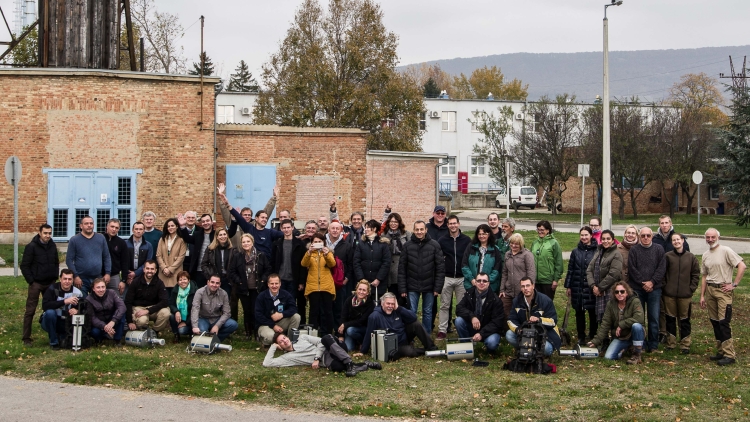Almost 40 participants from 21 countries in the Europe region[1] have enhanced their theoretical and practical knowledge of quality assurance as it relates to the measurement and monitoring of radioactivity in the environment at an IAEA workshop in Pécs, Hungary, which took place from 6 to 10 November.
The workshop is the final event in a series of workshops organized between 2016 and 2017 within the framework of an IAEA regional technical cooperation project[2]. The series was designed to enhance the theoretical and practical knowledge of participants from supported European countries in the environmental monitoring of both anthropogenic and natural radionuclides.
The technical cooperation project aims to further develop the capabilities in the region to conduct source and environmental monitoring and to improve quality assurance for the measurements and monitoring of radioactivity in the environment in accordance with ISO 17025. This will assure future metrological comparability of measurement results and the harmonization of approaches and procedures at the regional level.
The course was developed by the IAEA’s Terrestrial Environment Laboratory, together with two IAEA Collaborating Centres, the Spiez Laboratory in Switzerland and the Radioanalytical Reference Laboratory of the National Food Chain Safety Office in Hungary, which provided technical and scientific support for its implementation.
Participants at the regional workshop in Pécs, which focused on in situ methods for contaminated site characterisation, benefited not only from theoretical courses, but also from practical exercises which were carried out in real field conditions over three consecutive days. The aim of the exercises was to practice methods that included in situ gamma-ray spectrometry, route monitoring, gamma dose rate measurements and surface contamination assessment using portable equipment.
This workshop has been useful for us to improve our knowledge regarding the role of the Radiological Emergency Teams, as well as regarding the use of measuring devices in real in-situ exercises. Sharing experiences with different field specialists about challenges that we can be faced with during in situ measurements has been very important too.





